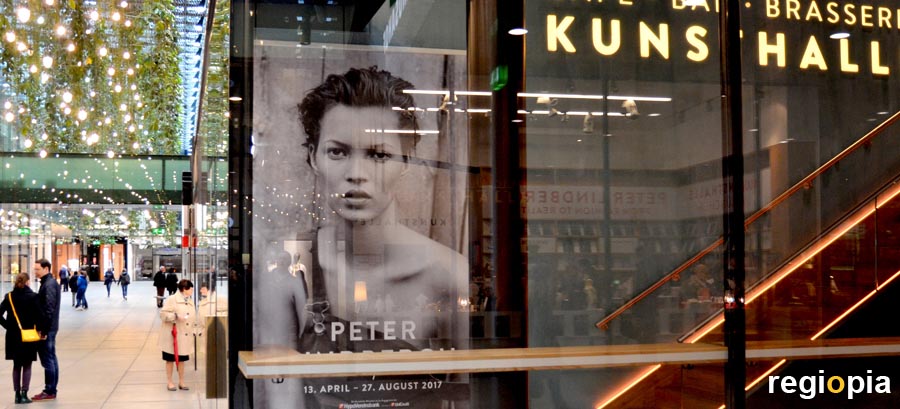
Kunsthalle München
The art gallery of the Hypo-Kulturstiftung is one of the museums with the most visitors in Munich. The Kunsthalle München is located in the "FÜNF HÖFE" shopping arcade and organizes important art exhibitions on the subjects of sculpture, painting, graphics, photography, fashion, handicrafts and design. The entrance is directly on Theatinerstrasse, a staircase (elevator) leads up to the 1,200 m² exhibition hall. For current exhibitions, opening times and admission prices check the link.
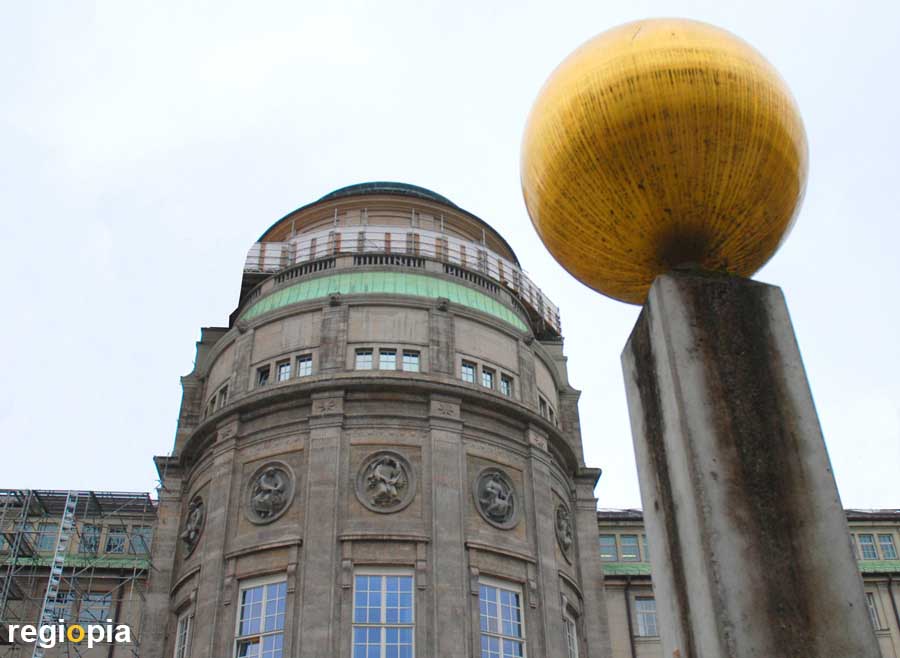
Deutsches Museum
The Deutsches Museum (German Museum) is the largest technology museum in the world, a tourist magnet with around 1.5 million visitors annually. Ships, planes, rockets and whatever other machines have been conceived are shown in the Deutsche Museum. The technology museum is located on an island in the Isar. The building was designed by Gabriel von Seidl and opened in 1925. The Deutsches Museum was founded in 1903 and has well over 100,000 objects, of which over 25,000 are exhibited.
The most famous objects in the Deutsche Museum in Munich include Otto Lilienthal's glider, the first Messerschmitt Me 262 jet aircraft, the V1 rocket, a Foucault pendulum, Otto Hahn's experimental setup for fission, a historic steam engine, the first submarine of the German Navy , a Faraday cage and many many more.
Since the space on Museum Island became too small for the huge collection, there are other locations of the German Museum. Airplanes are also shown at the Flugwerft in Schleißheim . The museum is located in Oberschleißheim (a suburb in the north of Munich), about 250 m south of the castle. On the Theresienhöhe is the traffic center of the German Museum with trains, cars and bicycles. There is also a branch in Bonn on the subject of research and technology.
The website of the Deutsches Museum shows where you can find which objects. There is also the latest information on opening times and admission prices.
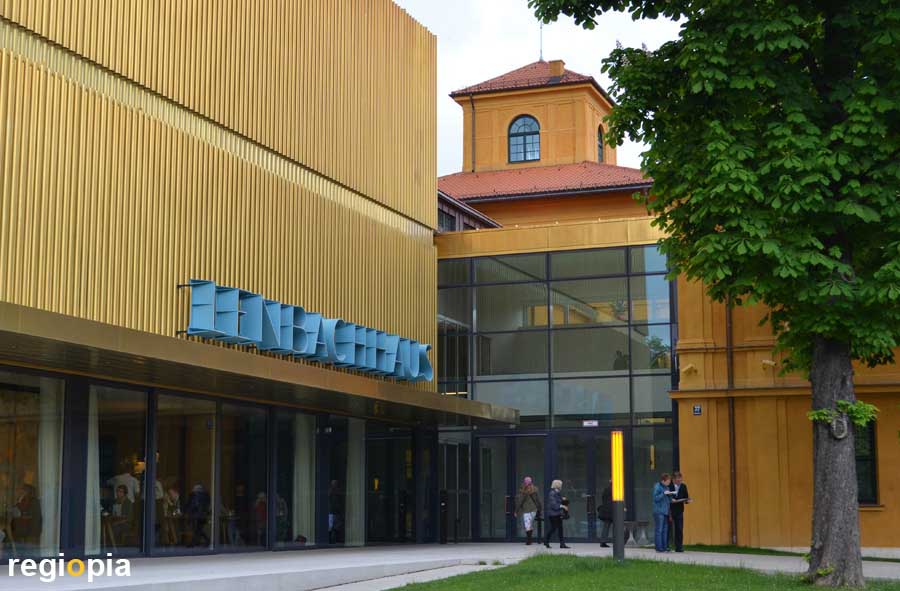
Lenbachhaus
The former residence of the painter Franz von Lenbach became the art museum of the city of Munich in 1929. Thanks to the donation of Gabriele Münter, the museum received works by the artist group "Blue Rider" and received worldwide attention. Franz von Lenbach 1836-1904 was a painter who portrayed famous people and was one of the best-known artists in German-speaking countries. His villa in the style of the Italian Renaissance with garden is located directly on Karlsplatz. In 2012, the museum was expanded by the British architect Sir Norman Foster.
The Städtische Galerie im Lenbachhaus is one of the most beautiful museums in Munich. The best known pictures include Salome by Franz von Stuck, Turkish Café by August Macke and the blue horse by Franz Marc.
Current exhibitions in the Lenbachhaus, opening times and admission prices check the link.
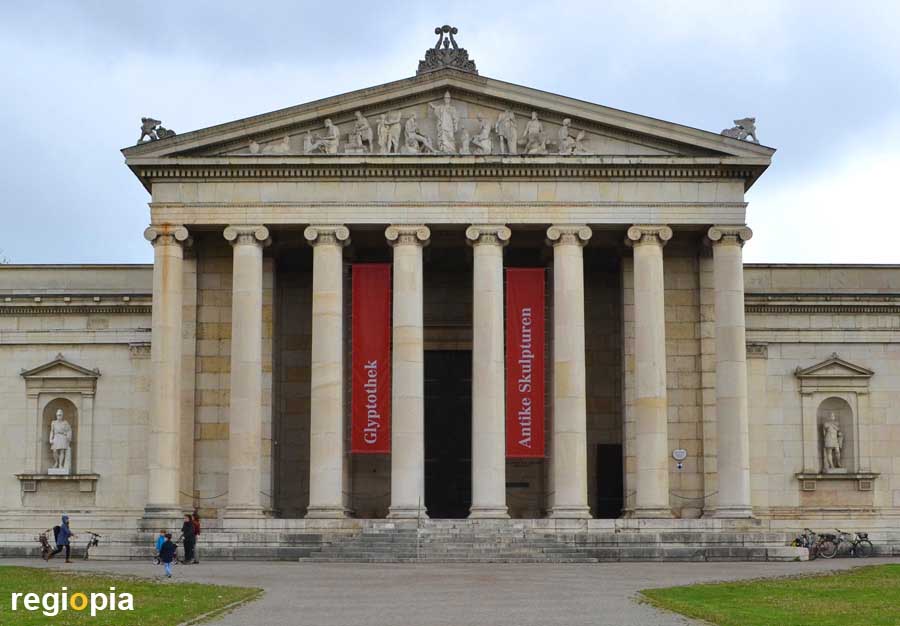
Glyptothek
The Glyptothek was built by Leo von Klenze in 1830 and was the first museum on Karlsplatz. The Glyptothek was commissioned by King Ludwig I, who needed a home for his rapidly growing collection. The museum shows ancient sculptures from archaic Greece until the end of the Roman Empire. The museum itself looks like a Greek temple with Ionic columns. The square building has a large courtyard with trees, sculptures and a café. The interior made of exposed masonry is whitewashed and has casette ceilings, which are reminiscent of the Pantheon in Rome. One of the best-known works in the Glyptothek is the Barberin Faun.
The Glyptothek is currently being renovated and is scheduled to reopen in late 2020.
www.antike-am-koenigsplatz.mwn.de
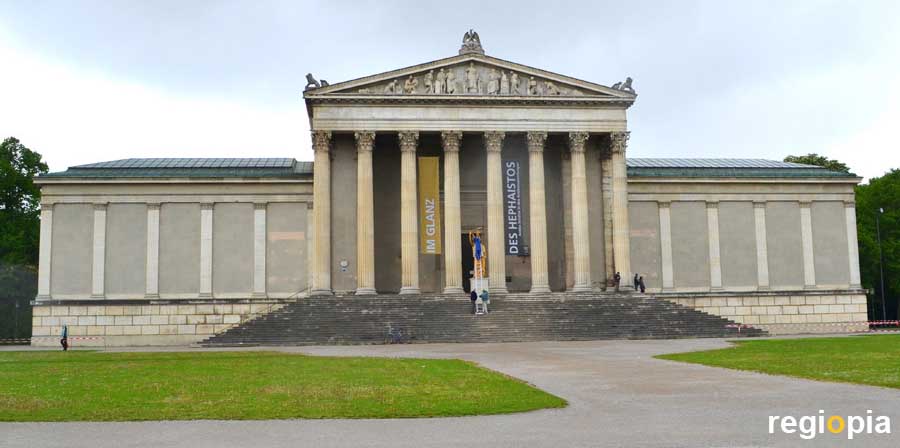
Staatliche Antikensammlungen
The State Collection of Antiquities resides in a neoclassical building from 1848. It was designed by architect Georg Friedrich Ziebland. It stands on Karlsplatz opposite the Glyptothek, which served as a model for the new museum. The two buildings are very similar in terms of appearance and content. The collection consists of antique ceramics, glasses, terracotta figures, bronze and jewelry. King Ludwig I only bought objects of high quality for his remarkable collection of antiquities. The collection was spread over both buildings on Karlsplatz, so it is worth visiting both museums. Closed on Mondays except on public holidays.
www.antike-am-koenigsplatz.mwn.de
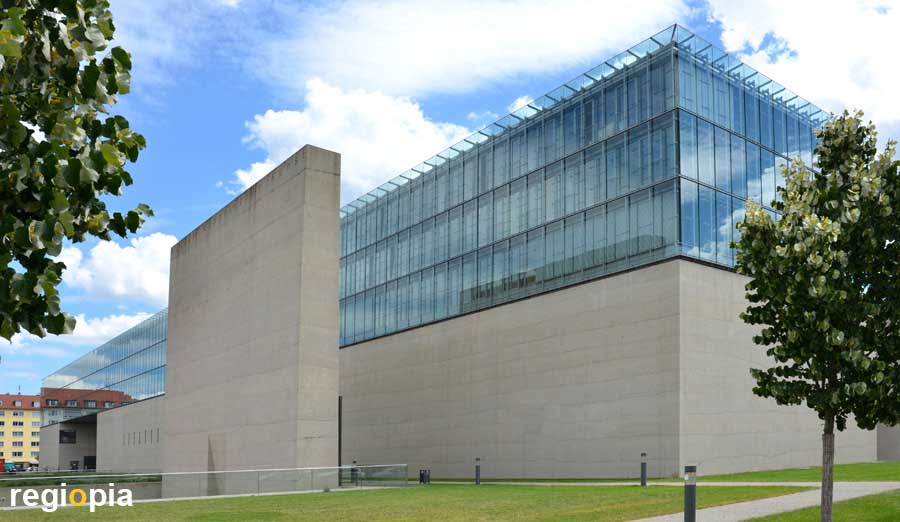
Staatliches Museum Ägyptischer Kunst
The Egyptian Museum has an interesting collection of beautiful sculptures and jewelry from the Nile. The exhibition area is located in large halls underground. This creates a mood like in an Egyptian burial chamber. The entrance is marked by a wall panel reminiscent of Egyptian architecture. Above the Egyptian Museum is the University of Television and Film, which was designed by Peter Böhm like the museum. The new building was opened in 2013. The collection goes back to Ludwig I, who bought Egyptian art in Europe from 1815 onward.
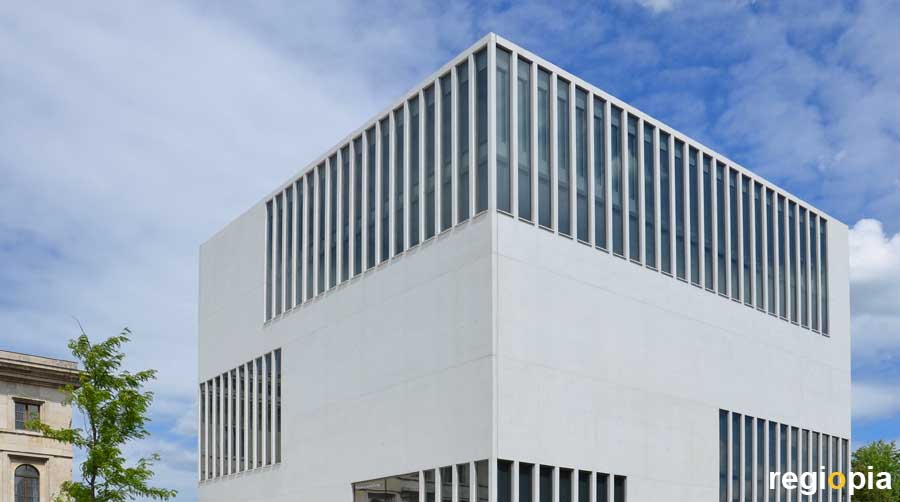
Nazi Documentation Center Munich
The rise of Adolf Hitler began in Munich and the city played a major role in the history of the NSDAP as the "capital of the movement". The Munich Documentation Center for the History of National Socialism stands next to the former Führer Building and represents the history from the rise to the fall of the Nazi regime. The Nazi Documentation Center was opened in 2015 and shows Munich and National Socialism as a permanent exhibition. Temporary exhibitions are organized on other topics. Closed on Mondays except on public holidays. Admission is free.
www.ns-dokuzentrum-muenchen.de
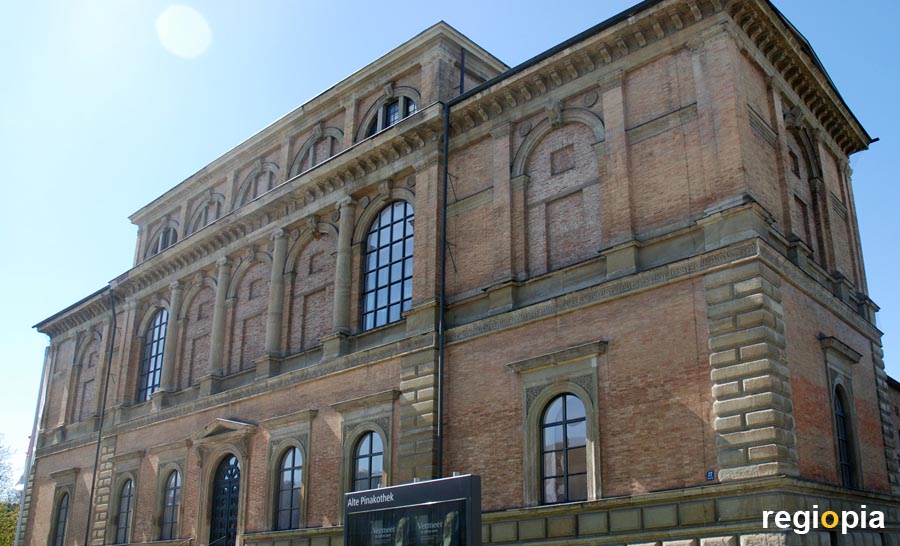
Alte Pinakothek
The Alte (old) Pinakothek is one of the most important museums in Germany. The painting collection shows works by Albrecht Dürer, Leonardo da Vinci, Lucas Cranach the Elder. Ä., Peter Paul Rubens, Raffael, Tizian, Canaletto, Botticelli, El Greco and many other famous painters. The Alte Pinakothek has works of art from the Middle Ages to the mid-18th century. North of the Old Pinakothek is the New Pinakothek, which houses art works from the middle of the 18th century.
The Alte Pinakothek was built in 1836 according to the plans of Leo von Klenze. After the war, the destroyed components were specially built with other stones to document the destruction.
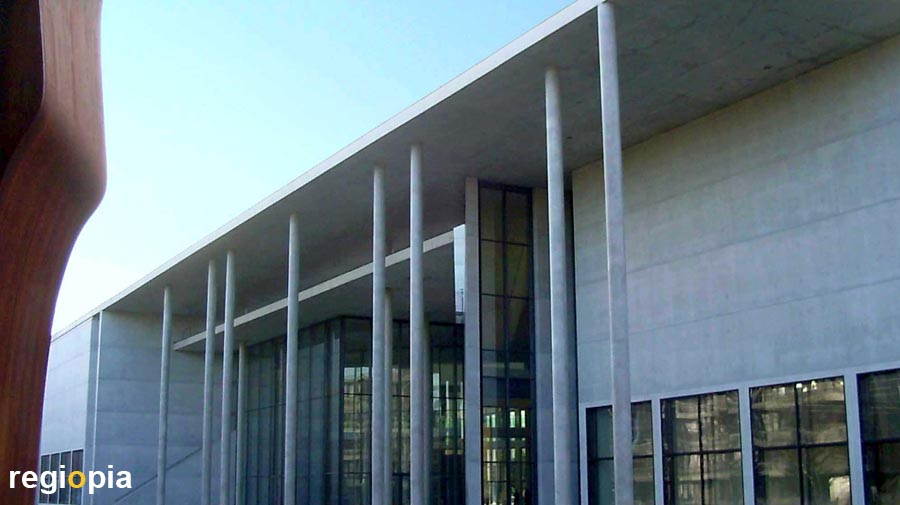
Pinakothek der Moderne
The Pinakothek der Moderne is the newest building of Munich's Pinakothek. It houses the New Collection of Contemporary Art, the Modern Art Collection and the Munich Graphic Collection. The Munich Architecture Museum is also located in the exposed concrete building by architect Stefan Braunfels.
The Pinakothek der Moderne shows works from 1900 by Max Beckmann, Emil Nolde, Ernst Ludwig Kirchner, Franz Marc, August Macke, Oskar Kokoschka, Pablo Picasso, Henry Marisse, Paul Klee, Joseph Beuys, Andy Warhol and many other representatives of modern and contemporary art .
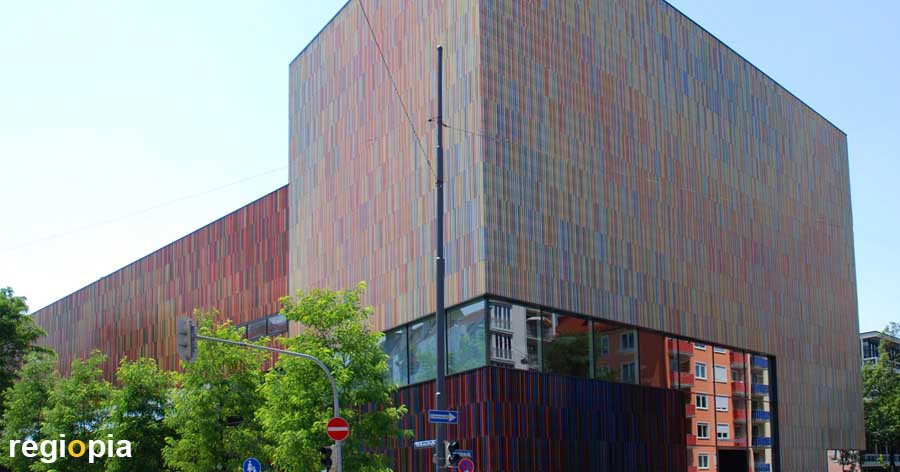
Museum Brandhorst
The Brandhorst couple donated a sensational collection of modern and contemporary art to the city of Munich with works by Andy Warhol, Joseph Beuys, Bruce Nauman and many other great artists. For this great collection the city of Munich built a new museum, which bears the name of the founders. The remarkable building was designed by Berlin architects Sauerbruch & Hutton. The Brandhorst Museum is located in the Museum Quarter, very close to the Pinakothek der Moderne.
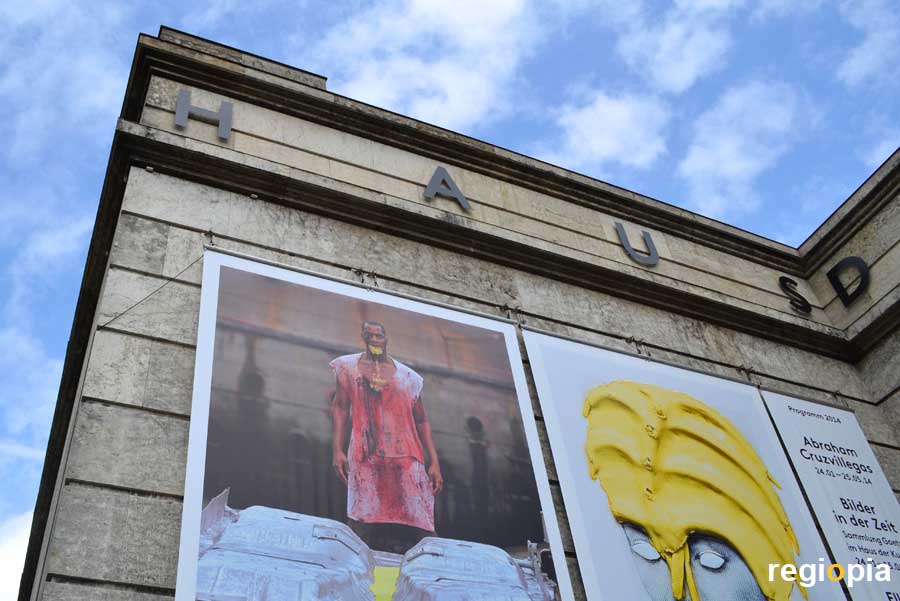
Haus der Kunst
The National Socialists opened the Haus der deutschen Kunst (House of German Art) in 1937. Adolf Hitler personally participated in the planning of the building, which was built by Paul Ludwig Troost in classicist style. Munich was to become the capital of German art and the new exhibition hall was it's temple. The museum showed folk artists who had adapted to the Nazi propaganda style. The "Degenerate Art" exhibition was also shown here, defaming modern artists.
After the war the museum became a the Haus der Kunst, the German was deleted from the name. Today international exhibitions of contemporary art take place in the museum.
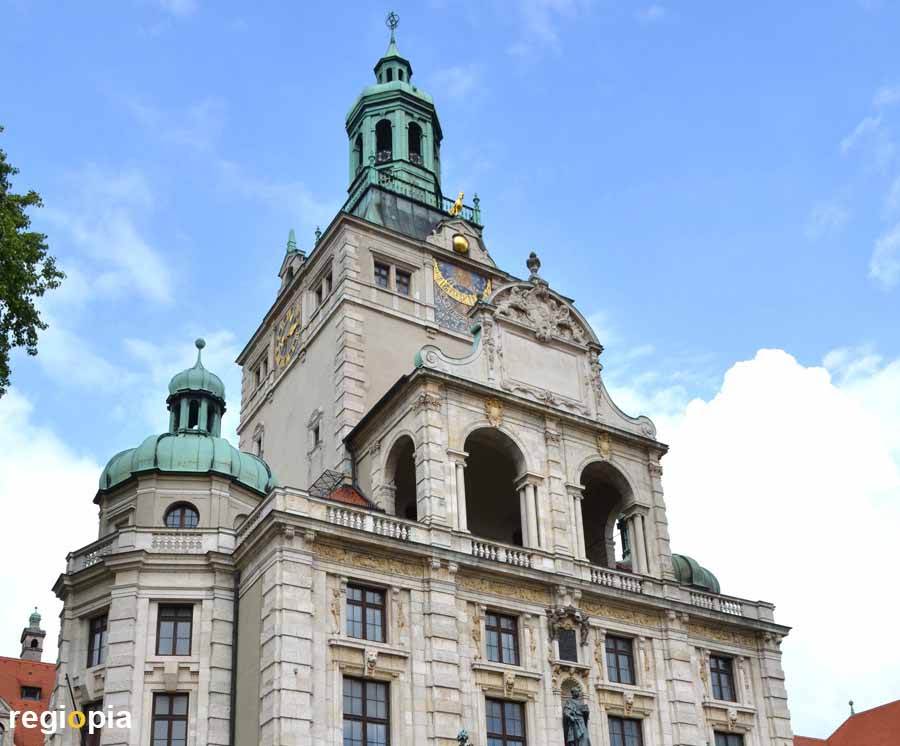
Bayerisches Nationalmuseum
The museum founded by King Maximilian II in 1855 shows the art treasures of the Wittelsbach dynasty. The eclectic building by architect Gabriel Seidel was opened in 1900. The collection ranges from Romanesque to Art Nouveau. Weapons, goldsmith work, ivory, painting, furniture, sculptures, instruments, textiles and other valuable art objects are shown.
www.bayerisches-nationalmuseum.de
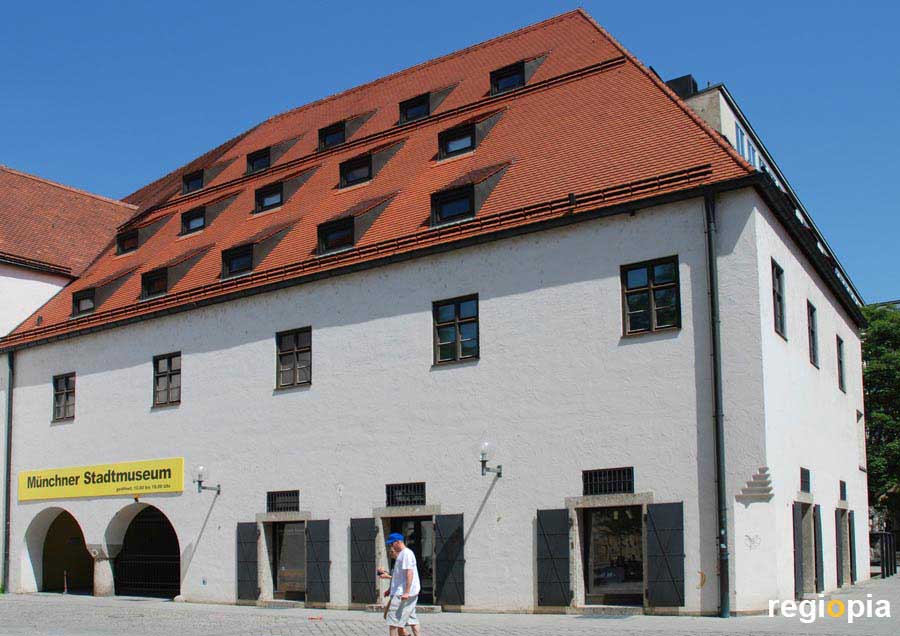
Stadtmuseum München
The city museum has put together an extensive exhibition on the history of Munich. Posters, a wooden model of downtown Munich, paintings, clothing, films, graphics, photos and the puppet theater on the upper floor are give a good impression how Munich became the city it is today.
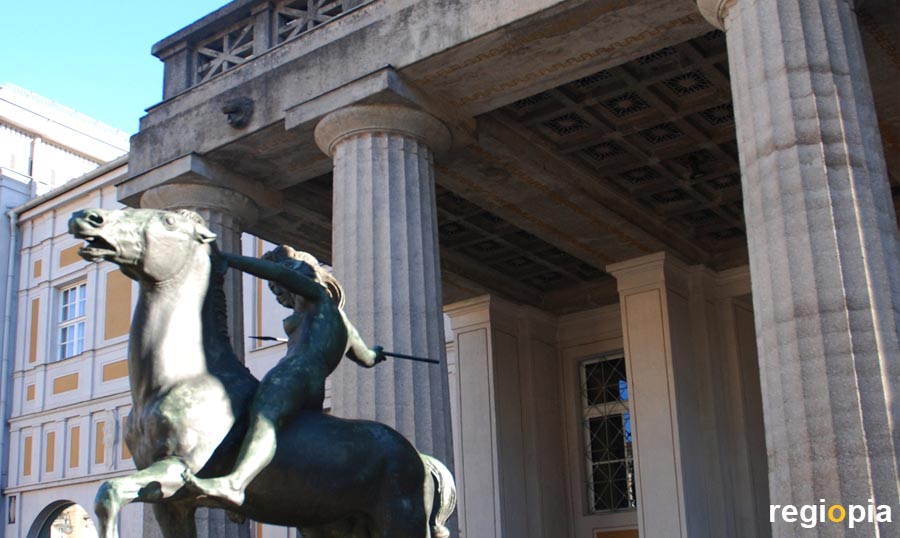
Villa Stuck
Franz von Stuck was a painter and sculptor, his best-known picture is "Salome", exhibited in the museum Lenbachhaus. The sculpture of the riding amazon in front of the entrance to the Villa Stuck is also his work. The house in which the artist had his studio is itself an eccentric work of art. The artist's garden with other sculptures is very interesting.
Map of museums in Munich
ads
Munich Germany
ads
ads


